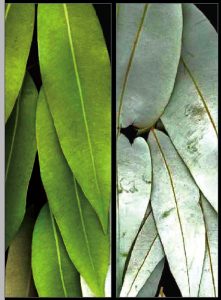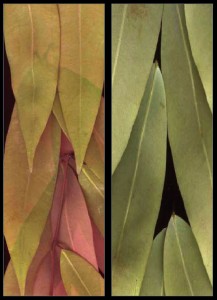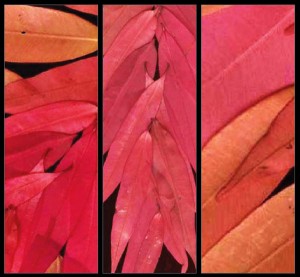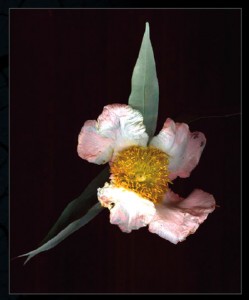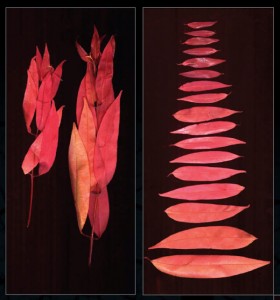-
Nature’s Colours
October 2009
The ‘Na’ tree, (Mesua ferrea) (naka in Tamil and identified as the Ceylon ironwood) was named the national tree of Sri Lanka in 1986.
It is a handsome closely branched slow growing evergreen tree with small lanceolate leaves and solitary fragrant flowers. It prefers the hot humid climes and is found in the intermediate rain forest canopy in India, Thailand and Malaysia as well. It is of important significance in Ayurveda as all parts of the tree have medicinal properties
It’s believed the Gauthama Buddha visited a grove of ‘Na’ trees on his first visit to the island and that the enlightenment of Maithriya Buddha will be under a ‘Na’ tree. Thus it is often planted in Buddhist temple gardens where the delicate perfume of the flowers creates a soothing ambience.
The ‘Na’ tree lined boulevard leading to the Parliament of Sri Lanka comes ablaze with colour twice a year in April and November when the bright crimson young foliage appears. The colour is caused by a pigment called Anthocyanin which is temporarily present in large amounts in the young “Na” leaves before the development of the green chlorophyll making it look as if the tree is in bloom.
The ‘Na’ tree and the flower have been used as a design element in Sinhala art forms. It is a fascinating tree, with many aesthetic concepts found in the tree itself,
The colour concepts and natural adaptations change with the variations of green colour found on the leaves which vary from tender leaves to mature leaves to flowers, fruits and buds. The picturesque
beauty of the tender leaves is fascinating to identify. Myriads of patterns created with the leaves are interesting. Some of the striking arrangements given on these pages in different collective forms make a collective expression of nature, found in the leaves themselves. The subtle changes of colour, can be used for decoration and arts and is also an encouragement to search for many similar examples in nature.
These colourful patterns illustrate how patterns of nature offer a wide range of possibilities, that can be used in the concepts of arts and crafts and also in architecture.
Reference
Ashton, Mark, Gunatilleke, Savithri, de Zoysa, Nela, Dassanayake, M.D., Gunatilleke, Nimal and Wijesundera, Siril (1997)
A field guide to the common trees and shrubs of Sri Lanka | De Silva, Nimal (1996) A selection of indegenous trees for traditional landscape in Sri Lanka | Macmillan, H.F (1991) Tropical planting and gardening.

